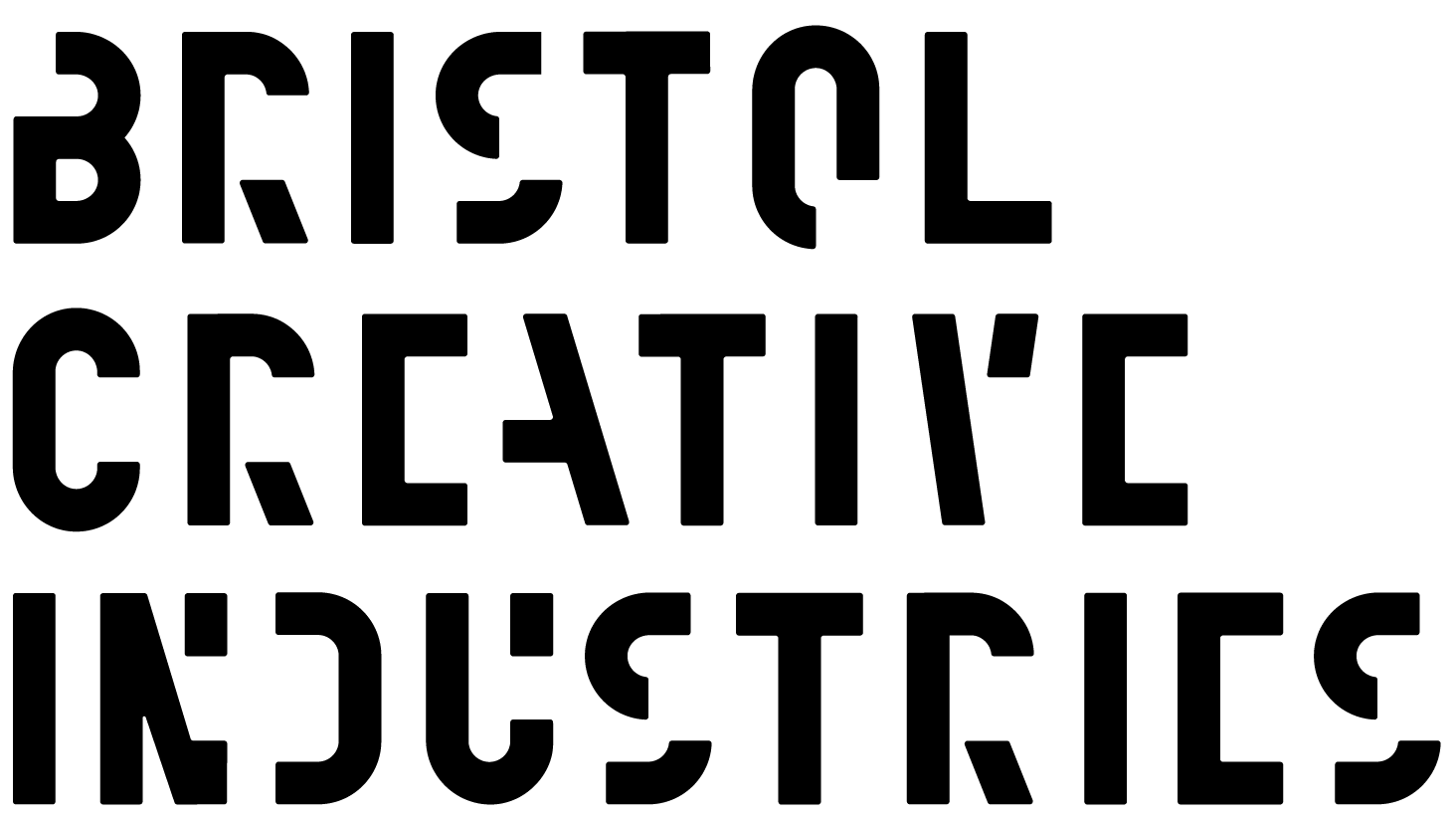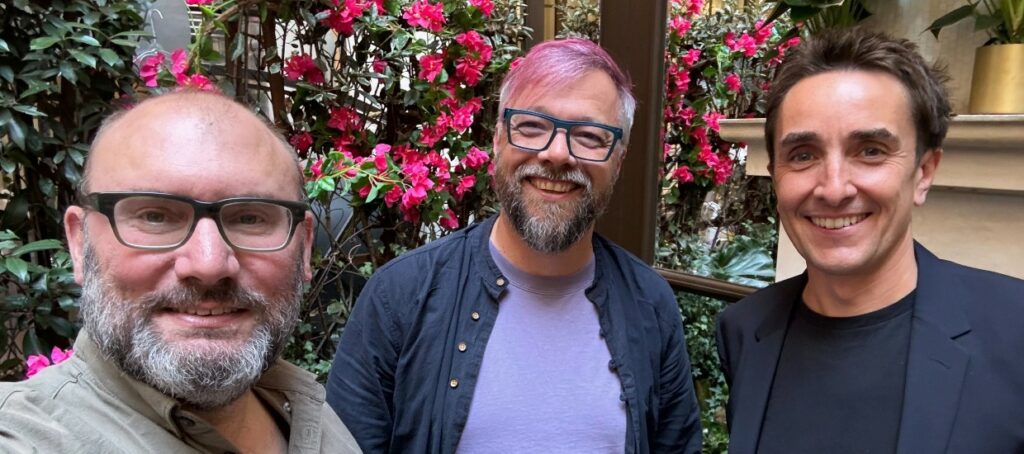Why do we use different strategies?
Different challenges require different PR strategies. Mostly, it’s good to use a number of different techniques together, to get your messages heard by the right audience. After all, people need to experience a range of touchpoints before they engage.
What are the different PR techniques?
This blog post outlines some of the different PR strategies we use that work to help your business to get noticed by the right people at the right time, raising brand awareness and building stronger connections with your audience.
1. Press releases / Newsworthy stories
We use press releases to talk about an event, milestone or launch. They’re a useful tool any time you have something ‘newsworthy‘ or important to share. Press releases are pitched to press, usually for news stories but can also be kept on file to feed into longer features journalists are writing.
Here are some examples of ‘newsworthy‘ stories we’d write press releases around:
- Product launches
- Brand launches
- Partnership announcements
- Hiring new executives/senior team members
- Interesting events
2. Case Studies
Case studies are essentially ‘the ultimate customer review’ and are used to show off a scope of work for a specific project or client and results achieved. They could also be people case studies – where a person testifies to what you’re communicating – for example a beauty case study talking about the amazing results your product gave them. Case studies can provide that human element in an article by telling your audience that your work is trustworthy and they help to share details into practices used in achieving the results.
3. A product feature / placement
A product feature or placement is where a particular product appears in a publication and includes details such as pricing and specification of that product along with brand details. You often need to provide the product to a journalist for a trial or photograph to receive a placement. These could also include seasonal gift list features (for example at Christmas).
4. Thought leadership / opinion pieces (Op-eds)
Thought leadership content and ‘opinion pieces’ (‘op-eds’) encourage the author to relay their personal opinion and thoughts on a specific subject and allows the reader an insight into your specific expertise and views. These can be placed in publications such as industry press – for example a retailer’s expert opinion on a current retail challenge.
Benefits to an opting for a thought leadership or ‘op-ed‘ piece include:
- Influencing your target audience
- Educating on specific topics
- Letting your audience get to know the people behind the brand and on a personal level
- Gaining trust and establishing authority within your sector
5. Interviews / Profile pieces
Interview style features are useful to raise the profile of a brand or person, their background story and successes along the way. They can also help audiences relate to you and your brand. An interview gives you the opportunity to share details such as important achievements along your journey, or to tell a poignant story that resonates.
Interviews or profile pieces include background research from the journalist as well as insights from the person or brand. The character and human aspect of a personal interview should appeal to readers.
Depending on the kind of interview, examples of questions that could be asked are:
- Which was the first huge success that you can remember?
- What’s your one big hope for the future of the industry?
- Do you have any heroes in the industry?
6. Reactive and proactive PR
- What is Reactive PR?
PR and journalism move very quickly, meaning it can be hard work reacting to stories quickly. Reactive PR strategies involve responding to current news situations that align with a client’s expertise, industry, or goals. Furthermore, reactive PR allows you to be ahead of the game instead of playing catch-up. Instead of trying to create the news, the news comes to you.
This method of PR will sometimes require comments from industry experts which are then featured in specific titles. The journalist could provide a list of questions to answer which will be used within a piece. Or you could provide facts or commentary to support their story. These comments again work to help with brand awareness and trust in your business.
- What is Proactive PR?
Proactive PR is taking the initiative to get the word out there using an active outreach and by finding the right media publications and contacts to work with. Most people consider using this method when building a PR strategy. By seeking opportunities and actively promoting your brand to your target audience, you get to identify and tell the stories that you want to share.
Hopefully that’s a good overview.
If you’re stuck on where you should start with content for your PR activity, we can help. Take a look at our blog which will provide you with many useful tips and pointers.
Originally posted on: www.carnsight.com




